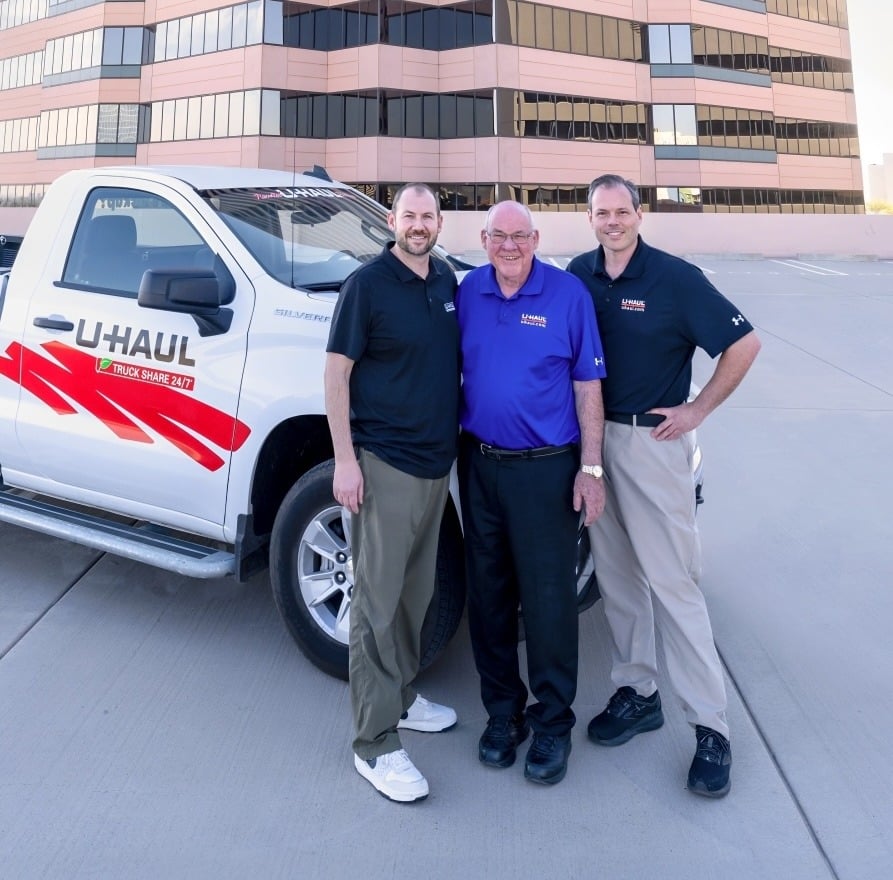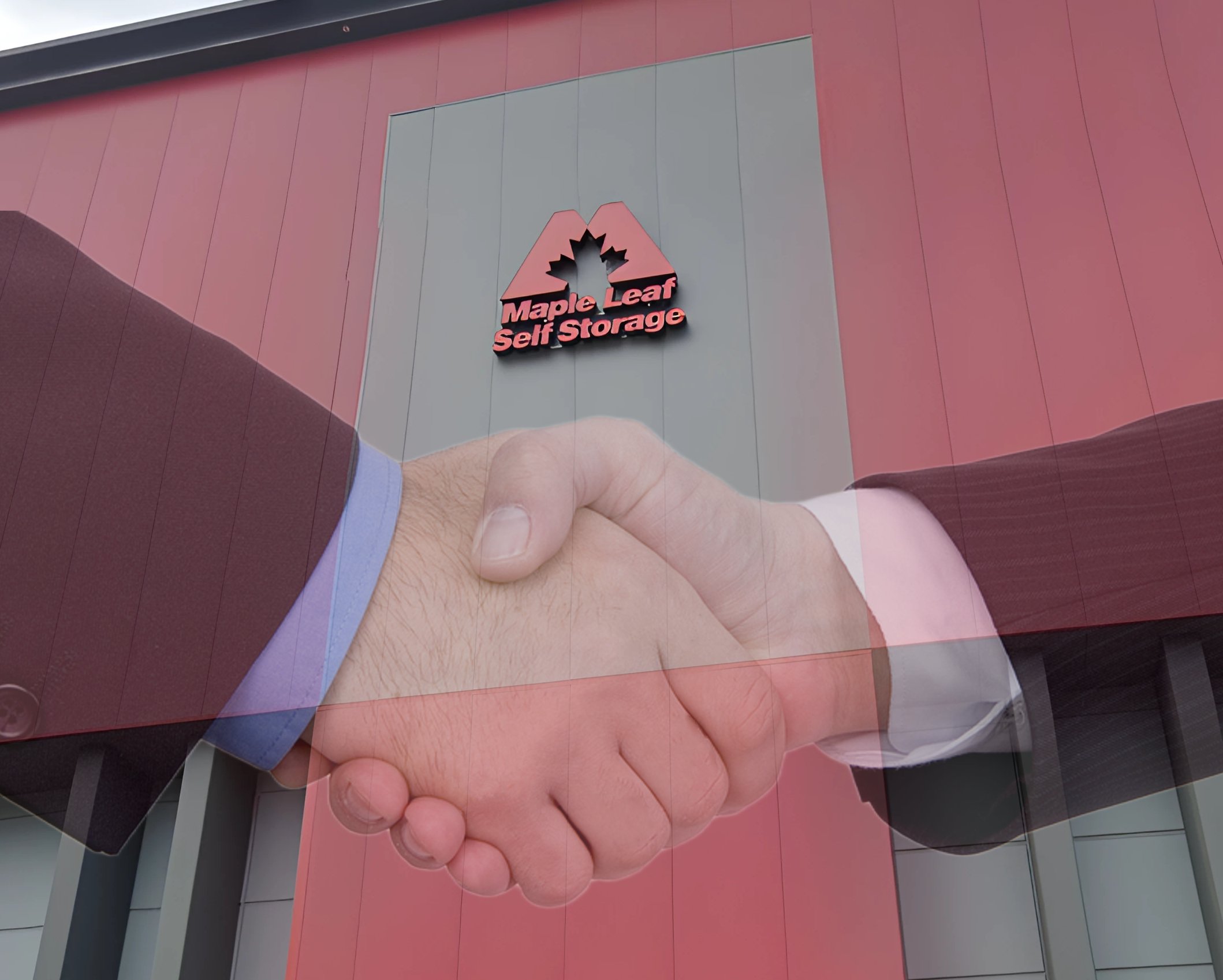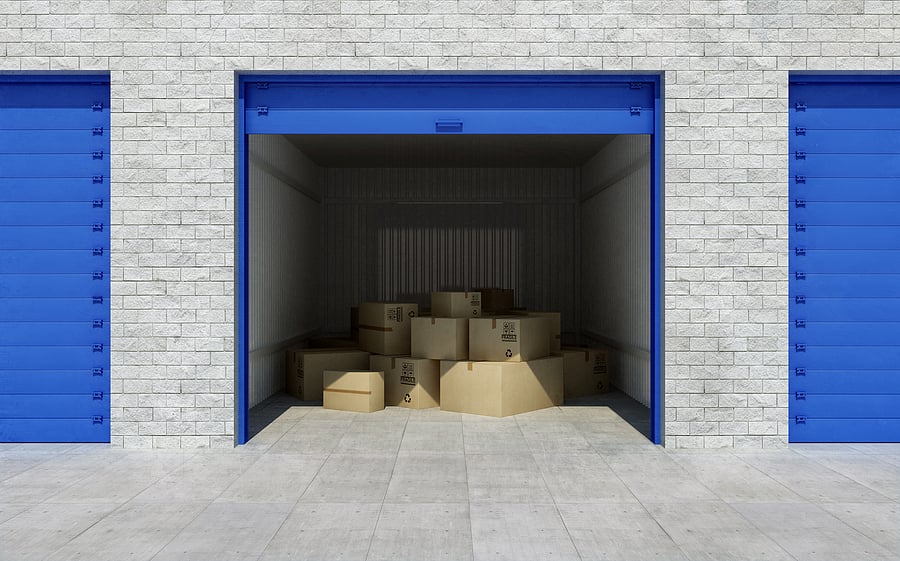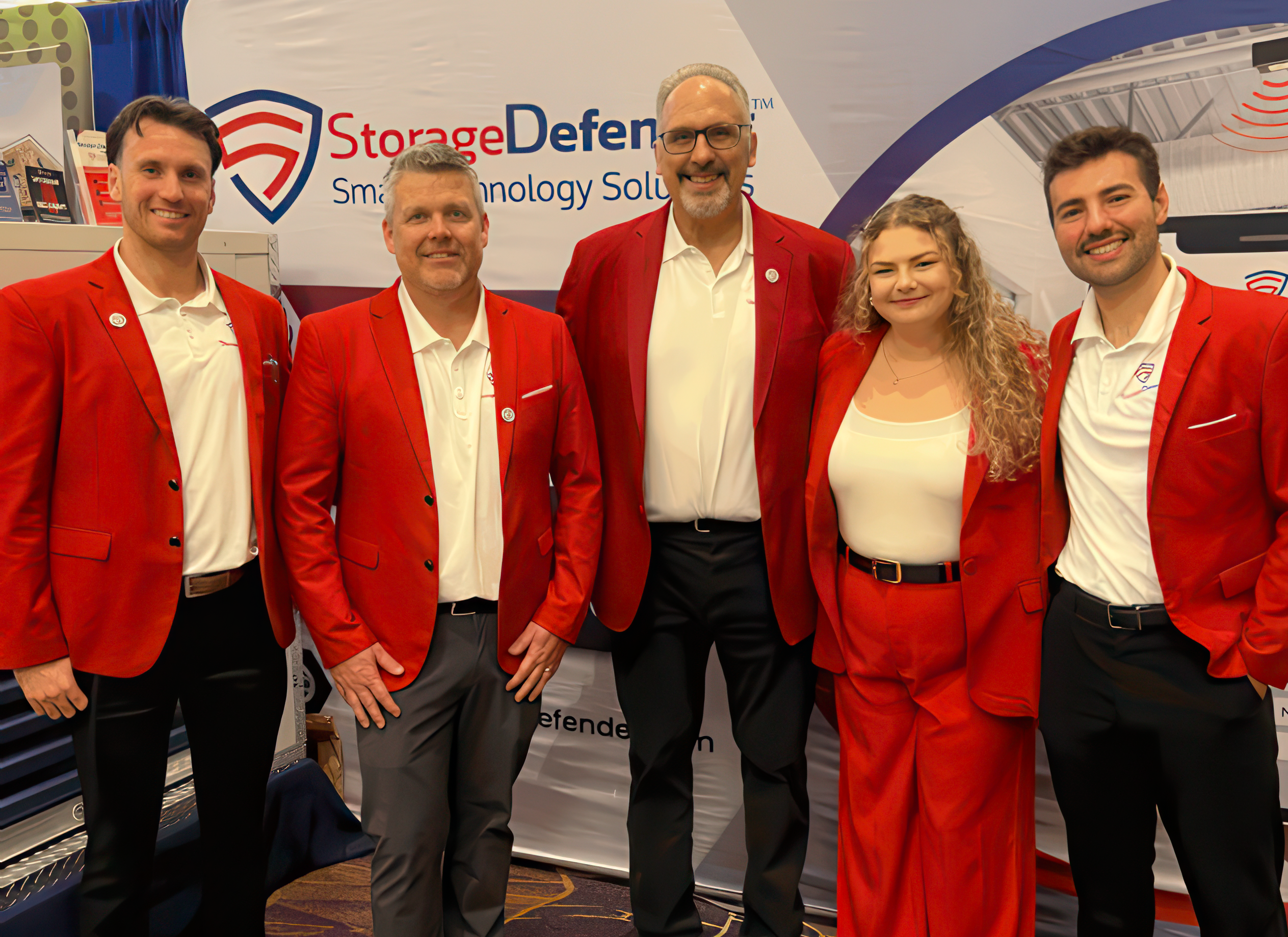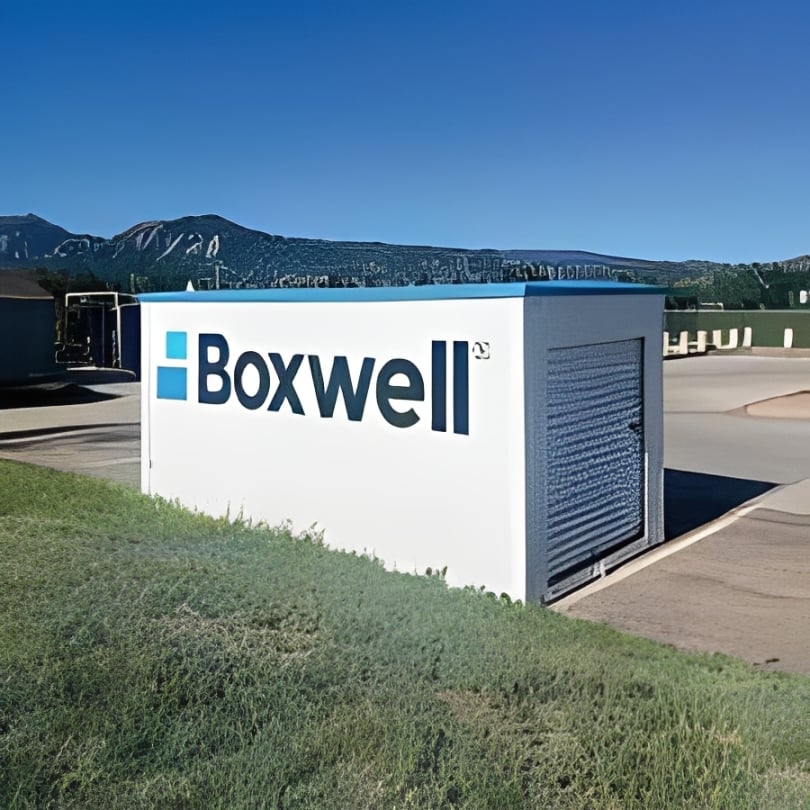Donald Jones, owner/president, Donald Jones Consulting & Service, LLC
Within the self-storage industry, the notion that you only have one chance to make a first impression gets a substantial amount of consideration. From the property manager’s disposition and appearance to a facility’s curb appeal and cleanliness, plenty of thought and effort goes into assuring that each customer will feel comfortable enough with the site’s overall atmosphere to sign a lease before they walk out the doors.
It’s true that good impressions rent units and generate referrals, which is why self-storage owners and operators go to great lengths to hire courteous, professional managers and keep their properties in tip-top shape. But those aspects are just the icing on the cake; there are other layers to the business of storage that create impressions that require equal—if not more—attention.
A Clear Imbalance
According to Donald Jones, owner and president of Keller, Texas-based Donald Jones Consulting & Service, LLC, which manages approximately 28 facilities within five states, it’s high time self-storage developers and owners slip into their customers’ shoes for a better perspective. “For the most part, balance is at the heart of success,” says Jones.
Unfortunately, Jones has been noticing a recurring problem at self-storage facilities that can result in both negative experiences for customers and waning profits for owners: a disconnect between the developers/owners, managers, and tenants. “I have a firm belief that, between those three persons (groups), if there is balance, then all will achieve what they are seeking,” he says. “When there is not balance, there are problems.”
The imbalance to which Jones is referring stems from a lack of knowledge about the customer experience and/or industry expertise. While the steps a customer takes to rent a unit and move into a unit are obvious, he points out that some self-storage owners are missing the mark when it comes to the ease of that process.
For starters, Jones mentions that some self-storage facilities’ layouts make move-ins and move-outs an arduous undertaking. Although the designs may be visually pleasing and make financial sense for the developer/owner, they are cumbersome for customers, even with the assistance of moving carts. Here, Jones gives a prime example:
“In developing a property, a developer installed two elevators. This was in a big box conversion of 100,000 square feet. When installing the elevators, each were placed 120 to 130 feet into the facility. That means the customer would need to put their stored items on a cart or in hand, walk the needed 100-plus feet to the elevator, go up the elevator, and double back another 100 feet. Renting the second floor, because of this development that no one asked questions, will be extremely difficult,” says Jones, who recommends that owners watch customers load hand carts and move into the facility to identify issues. “The fact is, because this was a conversion development, the elevators could have been installed within the immediate entry to the facility.”
Regrettably, moving goods in or out of that facility would be tedious even with high-quality, ergonomic hand carts. Jones states that this scenario exemplifies how the process of supporting all three groups is out of balance.
Jones has also managed facilities that didn’t have a focus on customer convenience—an issue that can result in unhappy customers. For example, one facility had an inoperable access gate that lead to numerous complaints. At least one tenant didn’t want to pay rent because the gate was consistently out of order. The owner didn’t want to spend the money to replace the gate, but Jones insisted that the issue be fixed to restore balance at the property.
Another situation Jones encountered involved a financial imbalance with off-site management—an option that is becoming more prevalent nowadays.
“I have seen various companies that are successful with this business model,” says Jones. “However, these same companies own five, 10, 15, or more facilities. That means they have an entire support staff, with support being the keyword in this operating style. If a facility owner has only one location, it could seriously be problematic. I was speaking to a buyer recently who lives in the Midwest and was looking at purchasing a facility in the Southeast. This would be his first acquisition and would be operated with off-site management. Not only would he need third-party management, but he would still require a local person to assist in normal operations of cleaning storage units and facility walk throughs; even if more recently technology is added, there are still certain aspects of managing a facility that will never go away. One question I asked is if he had to make a trip within seven days to see the property for any reason, what would it cost. His answer: several days’ pay at work, over $1,000 in travel, plus ancillary costs. This trip could easily cost him over 20 percent of his entire revenue stream for that facility. Again, this is unbalanced.”
Speaking of management, Jones reminds owners to look at their managers in a more objective light, especially if they are unfamiliar with the day-to-day operations of self-storage facilities. “Facility owners are too often aloof and believe their manager is a godsend because they never have to worry about their property,” he says. “But consistently in this scenario we can find a tremendous amount of abuse. That can be in relation to missing funds, unauthorized discounting or free units, waiving of late fees, units that are not rental worthy or dirty, theft of time, and the list goes on and on. Now in a case where all these items are taking place, the owner would catch on and move on. But if the manager is doing one of these items, or maybe two, he or she can easily fly under the radar as they manage the property for years. Again, balance is missing.”
He witnessed this kind of imbalance at one facility that was being managed by a former CubeSmart manager, who was constantly asked “What would CubeSmart do?” anytime she approached the owner with a question. “The reality is that the owner didn’t know how to run the property,” says Jones. “The manager wanted support but could only draw on her experience from CubeSmart.”
The Cash Conundrum
Obviously, the goal of every self-storage facility is to turn a profit. Nevertheless, Jones has observed a push within the industry to stop accepting cash payments as a way to prevent theft and fraud. While credit card payments and autopayment options have their benefits, he is adamant that cash should still be accepted at self-storage facilities for several reasons. For instance, Jones states that some ethnic groups only deal with cash and operators could lose their business.
Jones recalls one situation he found to be particularly unsettling at a facility he was covering while the owner was on vacation. “During this visit, we took it upon ourselves to learn about the property and identify points that could be of interest that could be relayed to the owners to assist them in their long-term objectives of leasing up a newly opened facility. Though there were several things we discussed, the one that was the most obvious was the fact that they refused to accept cash. The directive set forth by the owner was an effort in loss prevention (cash theft), the reduction of bank visits, and the desire to make their facility 100 percent credit card driven.”
He goes on to say, “I have always been opposed to this as we manage properties of the very wealthy to the very poor. In every circumstance, cash is offered as a form of payment, some more than others. During a specific event, a customer was trying to pay in cash and the manager, by direction of the owner, refused the cash payment. The customer was in tears as she was going through a divorce and all her credit cards were turned off. She was desperate for a storage unit and the manager had no way of supporting her. This scenario is out of balance. The owner would never have known about this circumstance had I not been standing there personally. The manager had no authority, and the computer would not allow a cash payment, so she could not help. The customer would have had to go somewhere else to rent and, as such, all three groups were affected—all because an owner chose to not accept cash. Another property I used to manage is down 30 spaces after this owner unilaterally implemented the same policy and procedure.”
Create Balance
For the reasons stated throughout this article, Jones has determined that many issues can be identified and resolved by looking at the self-storage property from a customer’s point of view. “You need to work the site to improve the site,” he says, adding that owners need to be actively engaged. Jones also suggests that owners conduct in-person and telephone mystery shops to see the facility from the customer’s point of view.
“In development and management, we try very hard to look at things from the customer perspective, the manager perspective, and the owner/developer perspective,” says Jones. “When this is done, there is more balance in the operations of the facility, the revenues earned, and the customer experience.”
Erica Shatzer is the editor of Mini-Storage Messenger, Self-Storage Now!, and Self-Storage Canada.
More Content
Popular Posts
The self storage industry is in a precarious...
Joe Shoen, CEO of U-Haul, has had enough.
Like its name implies, Surprise, Ariz., a...
Joe Shoen has had enough.
In a record-breaking deal finalized May 12,...
Senate Bill 709 (SB709) has many in the...
Donald Trump has just reclaimed the White...
The question of “abandonment” of stored...
Self-storage operators wear a lot of hats....
In 1992, Clinton strategist James Carville...
Recent Posts
From policy pivots in Ottawa to tariff...
Self-storage operators have struggled to...
Their signature red coats may draw attention...
Nailing down Josh and Melissa Huff for an...
Most self-storage operators are running...
The storage industry has long been a sound...
Despite widespread adoption of modern...
This year marks a major milestone for...






